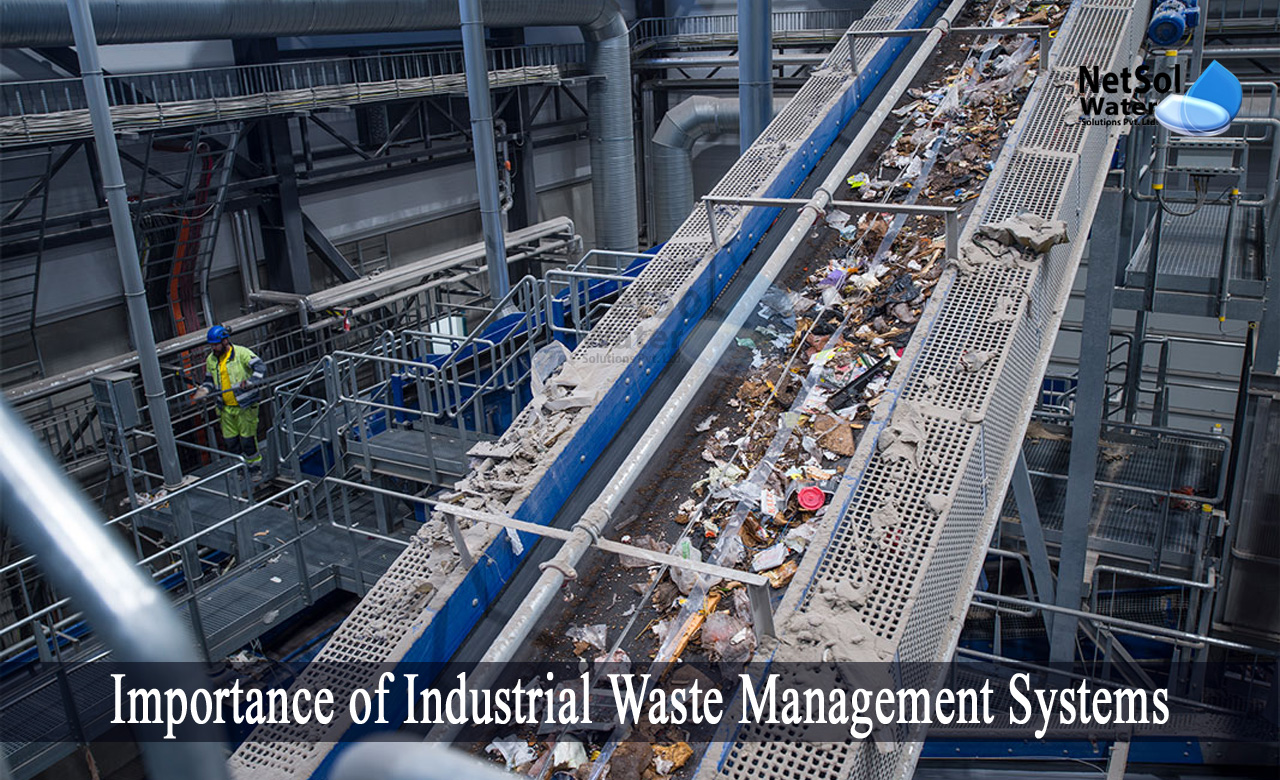10 Easy Facts About Reclaim Waste Described
10 Easy Facts About Reclaim Waste Described
Blog Article
Unknown Facts About Reclaim Waste
Table of ContentsNot known Details About Reclaim Waste Not known Incorrect Statements About Reclaim Waste What Does Reclaim Waste Mean?9 Easy Facts About Reclaim Waste ExplainedReclaim Waste for Beginners
Discover the kinds, incidents, and kinds of liquid waste. Residential sewer waste refers to the waste and products from a domestic sewage-disposal tank. This kind of waste is created by humans in houses, schools, and other structures. This only consists of sewage-disposal tanks that have a drain area. The appropriate monitoring and disposal of residential sewage waste call for liquid waste to be transferred to a sewer treatment plant where the proper methods and tools are used to cleanse and dispose of waste.
Commercial waste commonly includes prospective dangers, such as combustible materials or a mixture of fluid and strong waste products, and requires an advanced and thorough disposal procedure. The disposal of industrial waste usually entails the filtering of waste before transport to make sure secure and proper disposal. Hazardous waste is developed from by-products and overflow of commercial procedures and manufacturing.
This kind of waste can not use the same sewer management transport or processes as septic or business liquids. The commercial waste management process requires the inspection and screening of liquid waste before it undertakes the disposal procedure (industrial wastewater treatment). Runoff waste is the liquid waste that comes from overflow and excess stormwater in extremely inhabited areas or cities
Overflow waste can cause contamination and flooding if not handled appropriately. Making sure correct waste management can protect against disasters and lower ecological damage.
Reclaim Waste Things To Know Before You Buy
Call PROS Services today to learn more about our waste management and disposal services and the correct methods to care for the liquid waste you create.
(https://triberr.com/reclaimwaste1)Do you know what happens to your water when you pull the plug, purge the bathroom or drain the washing device? No? Well, it's worth knowing. This supposed 'wastewater' is not just an important source yet, after therapy, will certainly be released to our land, waterways or the ocean. Utilized water from bathrooms, showers, baths, cooking area sinks, washings and industrial procedures is recognized as wastewater.

water utilized to cool machinery or tidy plant and equipment). Stormwater, a kind of wastewater, is overflow that moves from farming and metropolitan locations such as roofing systems, parks, yards, roads, paths and seamless gutters into stormwater drains, after rainfall. Stormwater moves without treatment straight to local creeks or rivers, ultimately getting to the sea.
Our Reclaim Waste Ideas
In Queensland, the majority of wastewater is dealt with at sewage therapy plants. Wastewater is delivered from residential or commercial sites with a system of sewage systems and pump terminals, called sewage reticulation, to a sewer therapy plant. City governments construct, keep and run most sewer treatment plants. Operators are accredited under the Environmental Management Act 1994 to discharge cured wastewater at an acceptable ecological standard into rivers.
The Department of Natural Resources advises local governments regarding managing, operating and maintaining sewage systems and therapy plants. In unsewered locations, local governments might need homeowners to set up private or household sewer therapy systems to treat residential wastewater from commodes, kitchen areas, washrooms and washings. The Department of Natural Resources authorises making use of house systems when they are verified to be efficient.
In some brand-new communities, treatment of some stormwater to get rid of clutter, sand and crushed rock has actually begun making use of gross contaminant catches. Wastewater treatment happens in four stages: Gets rid of strong issue.
Utilizes tiny living organisms understands as micro-organisms to damage down and get rid of remaining liquified wastes and great particles. Micro-organisms and wastes are incorporated in the sludge.
The Single Strategy To Use For Reclaim Waste
Nutrient removal is not available at all sewage treatment plants directory since it needs expensive specialised equipment. It is becoming more typical in Queensland. Clear fluid effluent produced after therapy might still consist of disease-causing micro-organisms. If this effluent is launched right into waterways such as rivers or the sea, the micro-organisms will ultimately die out.

This typically means wastewater needs to be dealt with or impurities eliminated before it can be released to rivers. Many wastewater flows right into the sewage system. Under the Act, regional federal governments provide authorizations and permits for ecologically appropriate tasks (Ages) including wastewater releases that could have a regional effect. The department administers authorizations and licences to Periods including wastewater releases that may have a regional or statewide impact.
Not known Facts About Reclaim Waste
Or else, samples are taken for laboratory analysis. Commonly numerous examinations are required to develop the levels of each of the different toxins such as oils, hefty steels and pesticides in water. Tracking offers factual details about water high quality and can confirm that permit conditions are being met. The details obtained through surveillance provides the basis for making water top quality decisions.
Report this page